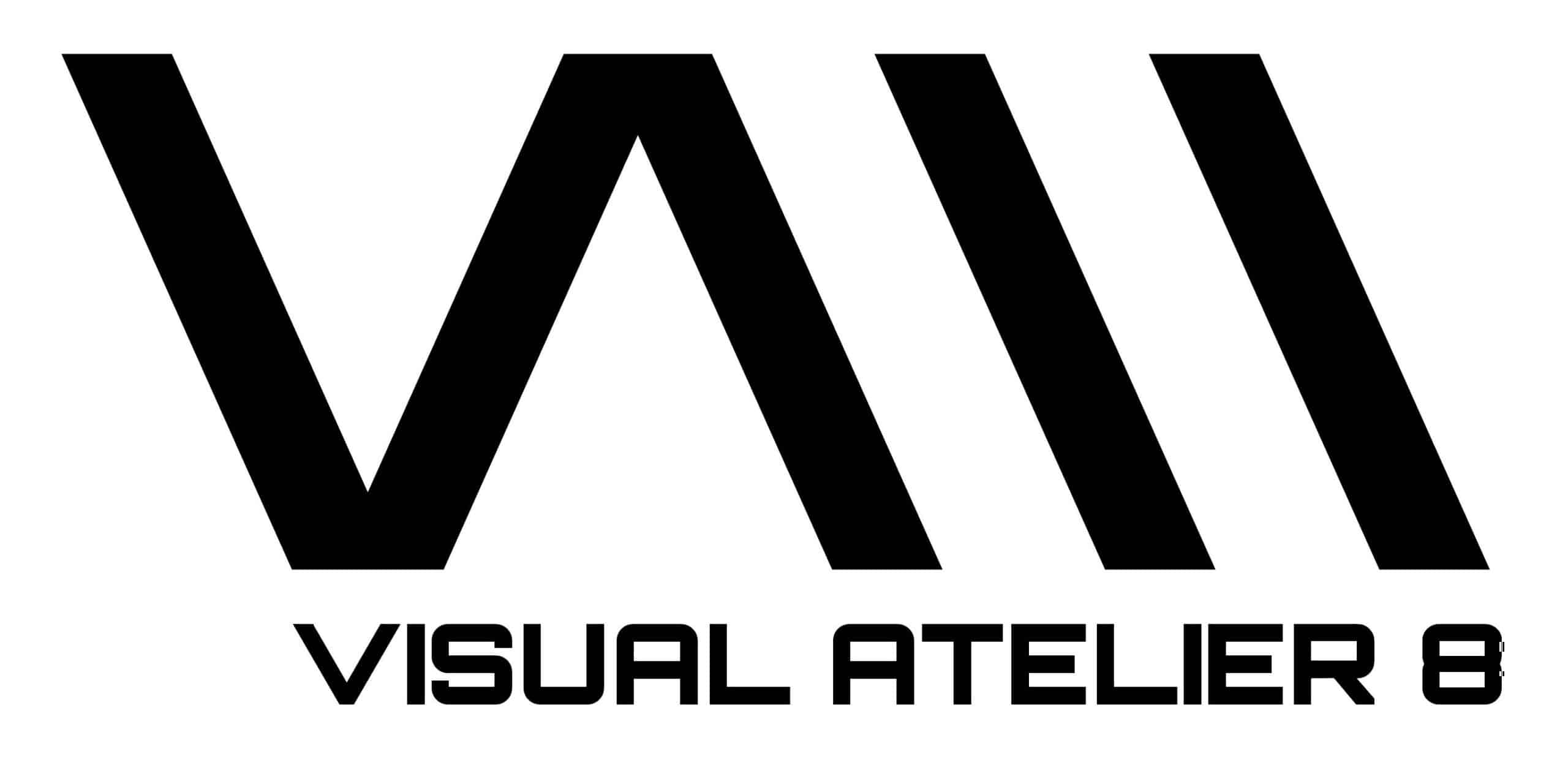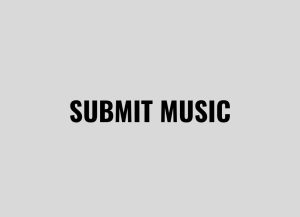
Justin M Zielke is a Kansas-born visual artist whose work bridges the physical and digital realms, capturing human emotion through sculpture and stop-motion animation. Inspired by the expansive landscapes of his Midwest upbringing, Zielke’s art embodies a deep connection to nature, craftsmanship, and the evolving interplay between humanity and technology. Now based in California, he reimagines sculptural forms by fusing traditional claywork with cutting-edge digital innovation, creating pieces that challenge and expand our understanding of artistic expression.
Zielke’s creations delve into themes of memory, embodiment, and the relationship between form and meaning. Rooted in his family’s shopbuilding traditions, he transforms tools and materials into evocative symbols of cultural and emotional significance. His work invites viewers to explore the shared spaces between the tangible and the virtual, celebrating imperfection as a testament to humanity’s adaptability and imagination. Through his distinctive vision, Zielke crafts a dialogue between tradition and modernity, offering art that resonates in a rapidly evolving world.
It is with immense pleasure that we are joined today by Justin M Zielke, Kansas-born visual artist currently working out of California. We are excited to learn more about you and your work, let’s start by taking it back to your humble beginning. Tell us what your artistic upbringing looked like?
To sum up my experience, I was a boy surrounded by tools of the trade, without an obligation to be a farmer but all the reason to appreciate nature’s seasons. It’s true: others see a Kansas-born artist much like the misnomer of a ‘flyover state.’ But what I remember are fields to roam, a shopbuilding to create, and the down-to-earth Midwest way.
There is a beauty to vast horizons, rolling clouds, and fierce winds. Sure, the land is expansive and businesses are few and far between, but I believe that this distance and quietude lets the imagination play. In contrast, a city is close and bustling and your attention is caught at every step. There is a beauty to this as well, but I suppose distant places let my mind wander between space.
Since I had an early exposure to farmers and engineers in the family, it started my fascination with tools. When I was in the shop building, I learned how to work the tools, but had the freedom to strip away their utilitarian aspects. If you take the function from a thing, only the form is left. Its meaning is free to take the place of memory or emotion. I could focus on their inherent beauty and symbolic potential.
My family also taught me to appreciate land. The birth and decay of harvests from seed to sow. I was roaming pastures, climbing over fallen trees, trudging through mud, finding animal skeletons, and swaying with a wind blown field all while searching for the best skipping rock. The seasons are as vast as the horizons. From luscious green landscapes nurturing flocks of deer to the austere echoing cracks in quiet winters. The nightly visitors of possums and coyotes underneath a blanket of stars. Kansas is a wanderland.
In other words, the Midwest captured me, taught me to think in metaphors and stories along with the utility and purpose, helping me create seemingly functionless objects that focus on their reason or the craft of creating them. And, in some special instances, the craft itself creates their meaning.


We are just taken by the way your form motion and aesthetic with sculpting. Can you tell us about how you visualize your concepts and translate those ideas into the concrete?
I am drawn to nature, philosophy, and emerging technologies. Unlike traditional sculptors focused on form and material, my work centers around the “moving image.” I seek to bridge the physical and digital realms, reimagining the sculptural form through a multifaceted approach.
My process involves creating a “multiplicity” of work: a video and a sculpture. Using stop-frame animation, I document the qualitative experience of sculpting in an infinitely digital landscape. A selected still frame from this video becomes the foundation for a physical sculpture, representing a singular moment in this digital process.
To blur the lines between the physical and digital, I magnify the tactile qualities of clay in the video medium. Through a macro lens, the viewer witnesses the tangible presence of clay: fingerprints, hand impressions, and subtle imperfections. Despite its digital nature, the work evokes a sensory experience, inviting the viewer to connect with their own body and the negative space that shapes the form.
To enhance this immersive experience, I employ long takes and minimal distractions. The clay often appears to float in a void, illuminated by a spotlight. A camera orbits freely, capturing the sculpting process with a curious gaze. In these moments, the clay takes on a life of its own, forming features and mimicking human expressions like blinking and looking directly at the camera. This dynamic interplay between the sculptor, the clay, and the camera creates a captivating visual narrative.
What is your philosophy on technological advances and tools in the art spaces? How do you think it hinders or helps the more physical and tactile mediums of art?
The choice of technology or tools is less important than aligning a concept with aesthetic and cultural value. Regardless if it’s emerging technology or a mallet. The questions I ask are: How does a specific tool help my message? Is my intention solely speeding up the process? Is the tool relevant to everyday life?
In my work, I create videos that capture the sculpting process and 3D scan a specific frame to produce a sculpture. Symbolically, my work investigates our connection to our physical body, both in the context of emerging virtual realities and the thoughts or feelings we imagine that impact our actions. I could make a physical mold of this sculpture using plaster or silicone, which is more akin to traditional ideals of sculpture.
However, the symbolism of 3D scanning is more accurate to contemporary culture, rising technology, and acts as a commentary on our childlike innocence of early human-computer integration in regard to memory and data. 3D scanning acts as an analysis, a Muybridge study. It dissects movement into a singular space of data, embodying virtual and physical, and more accurately evoking the attached emotion. It is, in many ways, detached from the physical experience, yet unlike a photo or memory that exists solely as a virtual capsule, this reclaims the original form from a digital medium.
What has been a pivotal moment in your artistic career?
Throughout my career, I’ve been fortunate to have several experiences that have shaped me. I’m grateful for the moments when people have trusted and supported me, but it’s often been the solitary struggles and failures that have truly defined me. These experiences have forced me to adapt, to find my voice, and to redefine my artistic identity. In times like that, I dive into art historical references, philosophy, and cultural trends. As a result, my mediums and aesthetic have evolved over time, shaped by factors like timing, studio space, finances, and opportunity.
When I was working in a larger studio space in Kansas, my work was life-size and often incorporated natural materials like fallen trees and harvested brome. I would use these materials to create figurative sculptures and symbolic installations. When I moved to California, the smaller studio space forced me to adapt my process. I began working with smaller sculptures, utilizing 3D scanning and printing techniques to create works at any scale. This shift also led me to explore the potential of immersive experiences, as I began to document my sculpting process and create visual narratives for each sculpture.
These experiences culminated in several pivotal moments, including a public sculpture commission for the Savannah College of Art and Design and collaborations with established musicians such as Dave Matthews Band, Joy Oladokun, and Max Cooper.


How would you describe your typical work atmosphere? Do you listen to any music or only work during sunsets?
I have two distinct workspaces.
My digital studio is a darkened sanctuary, a controlled environment where cleanliness, light, and sound are meticulously managed. Here, I craft stop-motion animations and engage in digital processes, all while immersed in instrumental music. Every element in this space is dedicated to evoking a sense of sculptural presence and process for the viewer. That illusion is made possible with custom built stages and armatures designed to move cameras and lights effortlessly through the space. It is a tech heavy environment with a 61 megapixel high resolution camera, any photography equipment I can get my hands on, and a powerful workstation that renders videos and calculates 3D scans with ease.
In contrast, my analog studio is a place of creative chaos. Standing in natural light and desert heat, I work with water-based clay, plaster, silicone, and wood. My tools are scattered about in a seemingly random spot, yet I navigate the space with ease. I love the solitude, getting my hands dirty, the rhythmic hum of instrumental music blasting, and the freedom to dance around sculptures until I feel them breathe. The space is constantly evolving, sculptures are being destroyed and remade on a whim, a reflection of the creative process itself. I embrace the mess, knowing that it will eventually give way to a clean slate, ready for the next idea.
The true magic is where these two spaces converge, connecting both physical and digital processes into one body of work.


What sort of evolution do you foresee when it comes to your overall aesthetic?
My vision for future work is further exploring embodiment in physical and digital environments. It will be one pivotal moment at a time, but I envision installation spaces that focus on atmosphere. I aim to recreate the imaginative playfulness of roaming pastures. Incorporating land, video, sculptures, and sound. Building stages with controlled lights to evoke the feeling of familiar strangers in everyday places.
If you had to describe the work you do to an extraterrestrial being, how would you want to be described?
We are at the dawn of an age where computers and humans are merging. My purpose is to visualize the human emotional journey as it navigates the shared space between physical and virtual realities.
Justin, please leave our readers with some parting words as we ascend into the next year and leave the current behind.
Appreciate and encourage your fellow artists. We are all in our own worlds reaching out to others. Be honest and vulnerable, because we do not have time to waste. Lastly, start the project before you outthink the end.

All images courtesy of Justin M Zielke, shared with permission
Justin M Zielke: https://www.justinmzielke.com

